It’s a preposterous title for a preposterous book.
The authors basically attempt to re-write the entire history of humanity. Instead of this linear development from monkeys living in the trees millions of years ago (actually the cousins of monkeys) to a creature walking around on the ground, our head held high, inventing things like stone tools and mastering fire and developing tribal societies so we could hunt and gather more efficiently, then evolving a bigger and bigger brain until we finally started farming and living in villages and cities and then empires where we needed politics and politicians to keep from killing each other which was our basic nature of course having been kicked out of paradise, the primordial garden of Eden (which was of course nature herself) and then got to the point where we are today with airplanes and cars and communications technologies and spaceships and all the rest of it but in the process became enslaved by our own inventions and lost our personal freedom for the sake of our politics which was all kind of preordained in a Rousseauean, Hobbesian kind of a way once we ate from the tree of knowledge and started separating ourselves from the natural world and from our natural selves - instead the Dawn of Everything suggests that it all happened quite differently.
They show, infact, that instead of this direct linear progression there was actually quite a lot of creativity and nuance and experimentation and diversity of expression going on all along the way from there to here. Representational democracies, for example, were practiced thousands of years ago and in many ways and in many different places on earth.
At Göbekli Tepe, in the foothills of southeastern Turkey, overlooking the plain of Harran and the Euphrates watershed, there is a massive ceremonial site that has recently been uncovered (and is still being uncovered) built in 9,000 BC. That’s 6,000 years before the pyramids of Egypt or the standing stones of England (Stonehenge). It would have required the cooperation and collaboration of hundreds of people, maybe thousands.
They were supposed to be simple hunter/gatherers with a few crude stone tools, barely able to survive in their small bands of 20-25 people back then, but something happened that caused them to come together and build this elaborate ceremonial site with 16 foot high stone pillars arranged in circles and weighing tons. They’re covered with carvings of animals that inhabited their world: lions and snakes, spiders, and scorpions, foxes and boars and ducks and vultures, strange nightmarish creatures and even stylized humans.
Instead of simple survival instincts driving human affairs and the destiny of our species and simple tribal politics, there was, apparently, an overwhelming desire to celebrate and commune with the diverse life forms that they shared with the world around them and they managed to come together and do that.
Cahokia was a city of 40,000 people built near the present day site of St. Louis and existed from 1050 AD-1350 AD. It was as big as London or Paris at the time. It covered 6 square miles and contained giant human made mounds. It was the largest but only one of many settlements that the mound people, who lived throughout the Mississippi watershed, built in ancient America. There are signs of sophisticated engineering and evidence of having been used for large ceremonies and gatherings, as well as for ritual games, which were an important part of the culture back then, but no signs of massive warfare or coercion by oppressive rulers, like is found in the Aztec empire of Mexico. A hundred and twenty mounds were built all over Cahokia, including ‘Monk’s Mound’ an earthen structure 10 stories high, that covered 14 acres and contained 814,000 cubic yards of earth. Wow. Here’s birdman, a ubiquitous icon of that time. Maybe a god or a god/human.
What exactly was going on there 900 years before the first Europeans showed up?
The book asks that question and cites many other examples of the various modes of life and creative expression that existed throughout human history, too many to mention here. The Iroquois Confederation of upstate New York, for example, the longest surviving democratic government in the world. It was the model for certain aspects of the U. S. constitution and as well influenced the Enlightenment movement which sprang up in Europe and brought an end to the medieval society that had dominated life in the Old World for centuries. It consisted entirely of Native American ideas and practices from the supposedly uneducated savages of the New World.
So the long and the short of it is this: human beings are like we are today, because we have chosen to be like this and that we could be many other ways and we have been many other ways because we chose to be. I find that an eminently hopeful message and it seems to be the point of the book.
Six hundred and ninety two pages with nary a picture, 2 pounds 2 ounces of extremely dense, highly technical but fascinating reading, referenced and indexed with big words (some of which aren’t even in my phone’s dictionary) and that’s the point of it. At least as far as I could tell, I didn’t get through all of it, skim and skip.
Actually if you look at the world around you, we do live in an amazing variety of ways. There are still stone age hunters and gatherers, pockets of them in Africa and South America and here and there. Most of us live in cities, the urban lifestyle, and buy our food at a grocery store and to to work where we commune with our computers and come home where we commune with our TVs. We socialize in cafes and drive around in horseless carriages powered by exploding gasoline or by a battery charged with electricity. Quite a range of human behaviors still exists.
Some societies are ruled by a king or a dictator and you better listen up because they’ve got their secret police tapping your phone. Other people live in liberal democracies like Iceland or Denmark where women have power and people pay taxes so the state can make things better for all. America, for all its flaws, (and there are many) is a place where your individual initiative can propel you to become a billionaire and have a private airplane and build a spaceship to Mars.
Some people are in a progressive rock band and some people are married with children and some people live in a van with solar panels on the roof and some people live on the street, somewhat like the old hunter/gatherers, surviving from day to day by harvesting resources from the world around them (primarily handouts).
The authors, David Graeber and David Wengrow, spent 10 years collaborating on the book. They are renowned in their own right, being professors of Anthropology and Archaeology respectfully at esteemed institutions. Davd Graeber, you may recall, was the main inspiration behind the Occupy Movement back in 2011 that spread to over 950 cities in 80 countries protesting economic inequality and the lack of real democracy. Tragically he died 3 weeks after they finished the book from symptoms apparently related to COVID-19 but they spent 10 years working together on the book being in daily contact with each other like an extended conversation.
As it turns out, human potential comes alive in conversation. They make the point in their book that ideas are held in our minds typically for about 7 seconds before we move on to something else, unless it’s in a conversation, then we can hold it in contemplation for weeks or months or years. This is why classical literature, whether it’s from the Greeks or the Romans or the Babylonians, is often written as a dialogue. Makes sense to me.
The excerpt on the inner dust jacket of the book states, “Drawing on path breaking research in archaeology and anthropology, the authors illustrate how history becomes a far more interesting place once we learn to throw off our conceptual blinders and perceive what’s really there. If humans did not spend 95 percent of their evolutionary past in tiny bands of hunter-gatherers, what were they doing all that time? If agriculture and cities did not mean a plunge into hierarchy and domination, then what kinds of social and economic organizations did they lead to? The answers are often unexpected and suggest that the course of human history may be less set in stone and more open to playful, hopeful possibilities than we tend to assume.”
Amen and I concur. Actually I’m writing my own book along the same lines. Not being a famous academician I’ve not been able to get it published yet, but I sense the truth of that sentiment. And even more than that I feel the importance of understanding that playful, creative urge which human beings have to make things better and to explore possibility. We live like we do because we have chosen to. We could choose to live in any other way that we imagine and in our fine and extraordinary history from there to here, we have.
music from 00:00-19:22

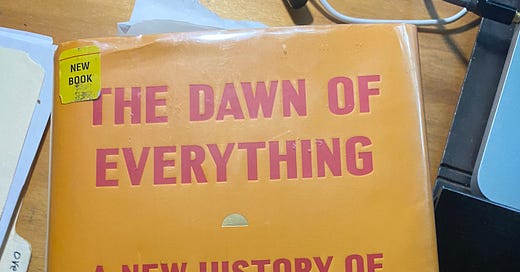



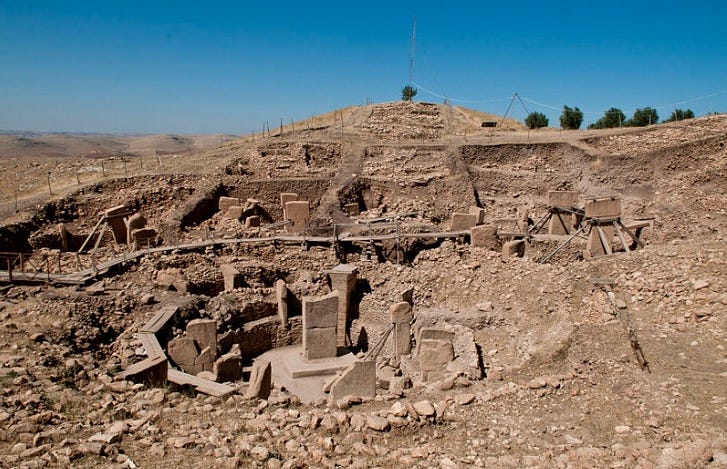
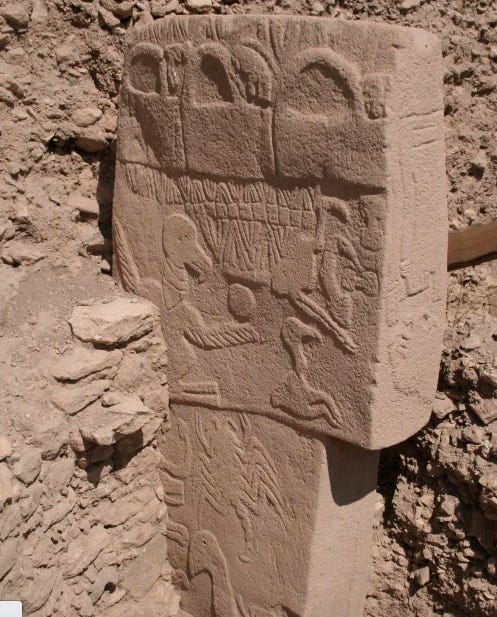
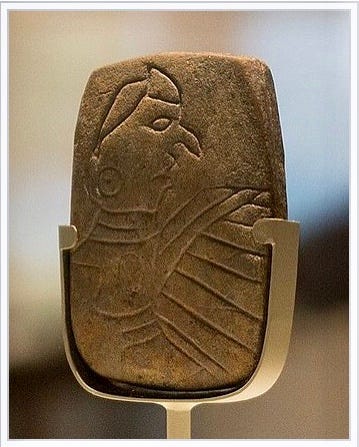


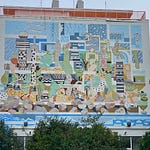
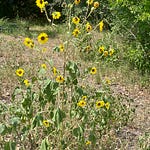

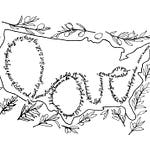
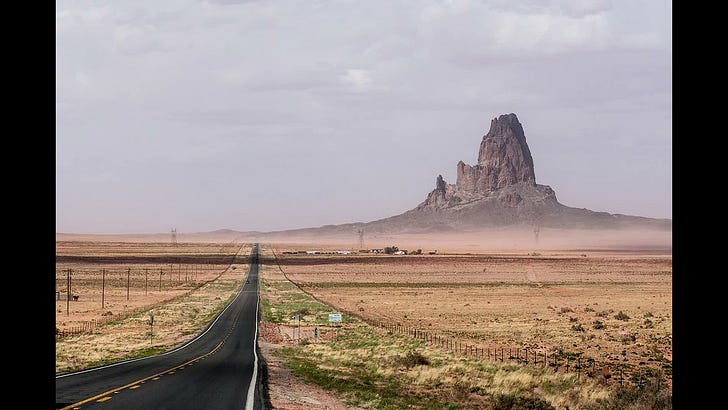

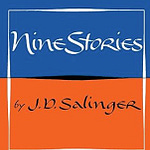
Share this post